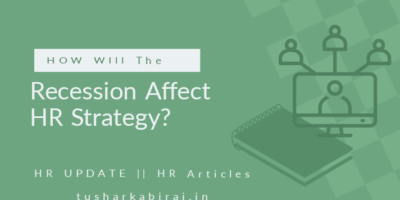Since 1947, India’s formal jobs challenge has been a prevailing situation due to extreme reforms in labor, education, cities, finance, compliance, and civil services. But John Corringen calls the policy window a convergence of problem streams, reforms, and time. Our problems are clear: not enough high-productivity enterprises and poorly skilled labor.
Economic pain from lockdown was always significant, necessary. Some overdue improvements are in progress, but a treatment 90% complete is still incomplete. Many reforms are structural, and capacity building, organizational reform, and a reboot of human capital require time and resources, but some are variations of pen-in-law. Considering that the best time for intensive caregivers to quit smoking or lose weight is to tell them that after quitting the intensive care unit, I am “flick-off-the-clock” for 90-day monsoon jobs.
I am – “Improve jobs. And education:
A Single Labor Code: The capital of India is handicapped without labor, and labor is handicapped without capital for several reasons. But labor laws reduce our growth rate and reduce our ability to attract refugees from China who tries to escape our trade wars, high wages, and viruses. Most painfully, our labor laws threaten our youth because job protection is not a form of employment creation, and we are most vulnerable to the reproduction of informal employment. The crisis suggests that formal employers have high flexibility. We should immediately inform a hard-working, simplified, and digitized Single Labor Code.
Social Security: There are three wedges in India’s salary, namely real vs. nominal, government vs. private, and gross vs. net. In all three cases, but the simplest address is the 40% + pay cut that low paid employees have to suffer. Our mandatory payroll cuts ignore savings rates and breed informality (where “hand in hand” pay equals “letter wave” on paper). We should contribute to Employee Provident Fund (PF) voluntary and Prime Minister employment The scheme should encourage formal employment by resuming, which successfully subsidizes employer PF contributions for new low-paid employees. Is.
Health Insurance: India’s new order making health insurance mandatory is shocking; Does the employee not have state insurance (ESI)? It probably recognizes that ESI provides mindless service at a high cost. We should reduce the contribution of ESI to 2 1 per month for all employees and employers for 2 years. This could easily be funded by more than ₹ 60,000 in liquid deposits held by ESI Corporation reflecting two decades of its overcharged employers.
Online education: Current online university regulations in India allow only seven of our 993 universities to start online courses. During the virus lockdown, foreign universities have signed up more than 100,000 students in India for online courses. This exposes the stupidity and unfairness of the University Grants Commission’s 2018 online rules. We should immediately allow all accredited universities to start online courses with full flexibility in design, delivery, and evaluation. If we do not act quickly, our online university education will be like Wimbledon (it is played in England, but Britton does not win).
Apprenticeships: These, related to degrees, are the reasons for the future of education, which they earn by doing and learning. But in India only 0.01% of our labor force is in apprenticeships (2.7% in Germany) and only 30,000 employers offer such programs (there are 200,000 in the UK). Our License Raj on The Apprentice scares employers, prevents universities from offering degree-linked apprenticeship programs, and often asks employers to obtain 28 different state approvals. According to the Apprenticeship Act of India, which grants national approval and gives universities the freedom to enroll, Mahatma Gandhi’s new training vision of 1937 will re-imagine the vision of experiential learning for the 21st century.
Compliance cholesterol reduction: Employers in India have to have around 57,000 compliance (with over 10,000 jail provisions) and 3,100 filings (only 10% of which offer accelerated digital processing). An easy business commission that rationalizes, simplifies, and digitizes compliance, reform, corruption, and reduces and reduces them in 90 days for small businesses. It should choose one of the 25+ numbers issued by various types of government agencies as the Aadhaar-type universal enterprise number.
Tax Refund: The idea of employers or employees providing the government with working capital is questionable all the time, but especially painful when a lockout to customers. Stakeholders do not pay, customers do. And while this solvency crisis generates more than an asymmetric effect on revenue and costs, all liquidity helps. We have to issue all pending tax refunds









Leave a Reply